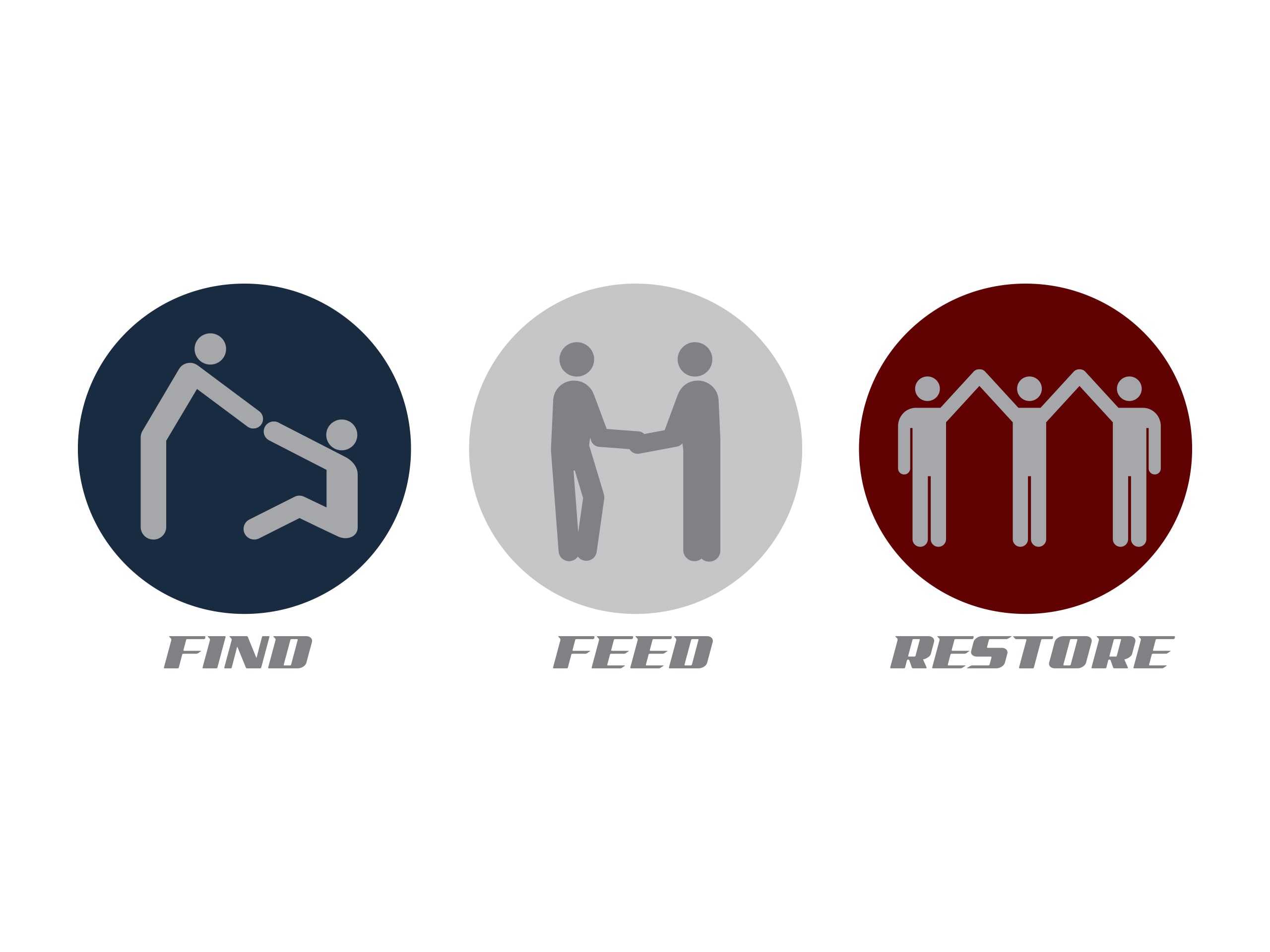Are You Taking Enough Federal Withholding From Your Paycheck?
Tax season starts in 6 months, already! Some people are still finalizing 2017, but this year the new tax law took effect. How much do you know about it? In my January newsletter I did a summary of the new law and now I want to make sure you are prepared for the changes. I always try to go over the tax returns with my clients and with some of them I explained how the new law would affect them. Are you taking enough Federal withholding from your paycheck? I am sure it feels like you are, but I want to make sure you actually are now, before you find out that you will owe.
It is never good news to hear to that you need to pay. To better understand why you might, I will explain how the tax liability is determined on your income and how the new law will affect it.
Itemize Deductions
Let’s say your total income and your adjustment gross income (AGI) is $75,000. This is where your standard deduction or your itemized deductions come into play. These amounts are subtracted from your AGI, but only the greater of the two. 2017 standard deduction was $6,350 for single filers and $12,700 for married filers. In order to claim itemize deductions (these are the medical deductions (subject to 7.5% of your AGI), taxes, mortgage interest, charitable donations, casualty and theft losses and job and miscellaneous expenses (subject to 2% of your AGI)) your total itemized deductions must be higher than your standard. If you have itemized deductions, but they are less than your standard, your deduction will be the standard deduction. For 2018 the standard deduction is doubling. Single filers will now be able to deduct $12,000 and married filers $24,000. With standard deduction being higher, it will be harder to use itemized deductions. It is estimated that 18 million households will itemize deductions this year, down from 46.5 million last year; will you be able to itemize?
In addition a lot of non-profits are worried that their giving may decrease since most filers will not be able to itemize. There are some ways you can give and take the deduction. Instead of giving $5,000 to charities annually, accelerate the gift by giving $10,000 every two years. This way, you can get your itemized deductions over the limit one year and take the standard deduction the next. Donor-advised fund lets you make a charitable contribution and receive an immediate tax break for the full donation, and then recommend grants from the fund to your favorite charities over time. Retirees, age 70½ or older, can consider transferring money from their IRA to a qualifying charity. Such qualified charitable distributions can be a tax-efficient way of meeting your required minimum distribution too. Of course you can also give without taking any tax deduction.
A few other changes to itemized deductions that also may affect you.
Taxes
(State and Local Taxes) Deductions for state and local sales, income, and property taxes remain in place, but are limited. There is now a cap on the aggregate, meaning that the amount that you are claiming for all state and local sales, income, and property taxes together may not exceed $10,000. Also keep in mind amounts paid in 2017 for state or local income tax which is imposed for the 2018 tax year will be treated as paid in 2018. In other words, you cannot pre-pay your 2018 state and local income taxes in 2017 to avoid the cap. There is not, to date, a similar restriction for property taxes.
Casualty and Theft Losses
The deduction for personal casualty and theft losses is repealed, except for those losses attributable to a federal disaster as declared by the President.
Job Expenses and Miscellaneous Deductions
These will be eliminated. If you are a W2 employee and have unreimbursed business expenses, such as mileage, travel, home office, tools, supplies, telephone, uniforms, etc. You will no longer be able to claim any of them.
If you are able to claim itemized deductions, the overall limit on is suspended. In 2017 these deductions may have been phased out (reduced) if your AGI exceeded certain amounts for your filing status.
Once you subtracted your standard or itemized deductions you were then allowed to deduct your personal exemptions, $4,050 (in 2017) per each person claimed on your return. Exemptions have been repealed. You will no longer receive this deduction.
What does all of this really look like with the new tax brackets for 2018?
Using the AGI example of $75,000 from Wages only, your tax liability would be:
| 2018 | 2017 | 2018 | |
| AGI | $75,000 | $75,000 | $75,000 |
| Standard Deduction | $24,000 | $6,350 | $12,000 |
| Sub-total | $51,000 | $68,650 | $63,000 |
| Exemption | $0 | $4,050 | $0 |
| Taxable Income | $51,000 | $64,600 | $63,000 |
| Tax | $5,739 | $11,895 | $9,800 |
| Tax Bracket | 12% | 25% | 22% |
This example does not take into account any tax credits you may be eligible for or any self-employment tax you may be liable for if you are a self-employed individual, a single member LLC, or a general partner.
Keep in mind that the new tax rates started in mid-February and you received a slight increase in your paychecks.
You can find out if you are currently taking enough federal withholding by using the IRS withholding calculator or contact me to setup an appointment to go over everything that you need to know.
https://apps.irs.gov/app/withholdingcalculator/
The IRS Also Just Released Plans To Streamline The 1040
This new form is about half the size of the current version and would replace the current Form 1040 as well as the Form 1040A and the Form 1040EZ. The new form consolidates the three versions of the 1040 and is now reduced to a simple form. Taxpayers with straightforward tax situations would only need to file this new 1040 with no additional schedules.
https://www.irs.gov/pub/irs-dft/f1040–dft.pdf
If you have questions, please call me at (407) 559-1047 or go to my website to learn more about the services I provide.









